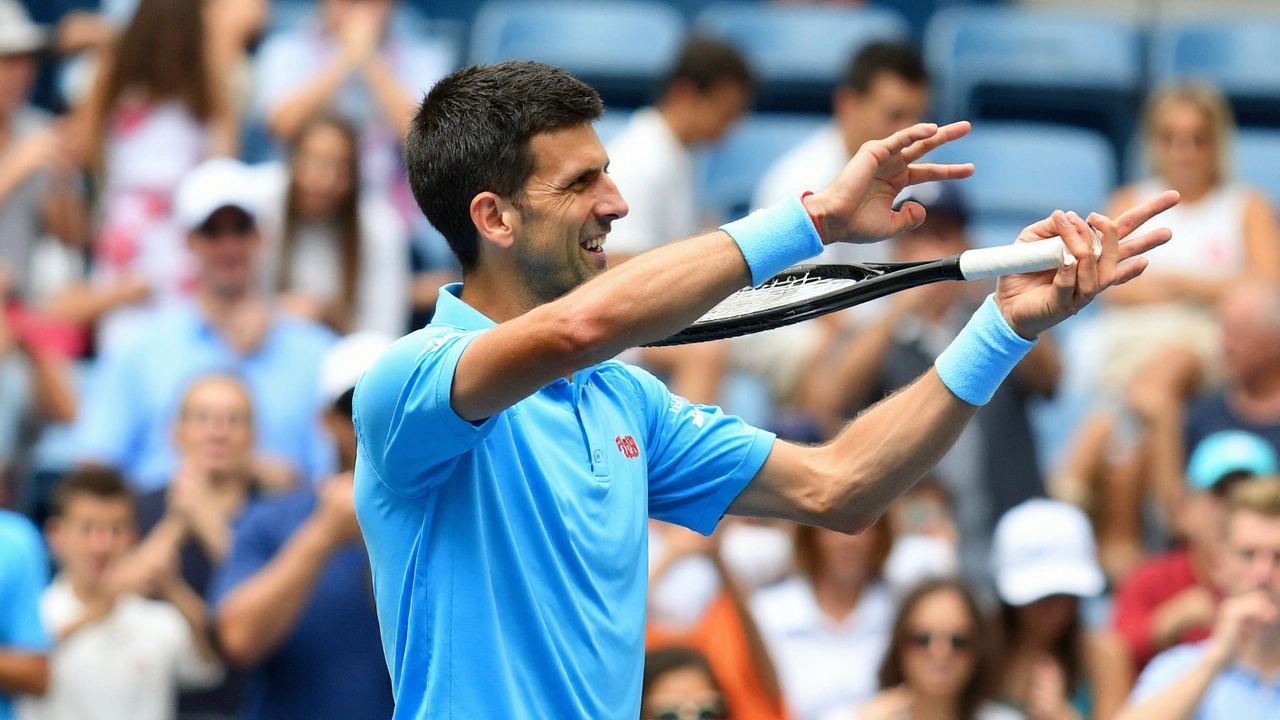Tennis Longevity: How to Play Longer and Stay Fresh
If you love tennis, you probably want to swing your racket for many years, not just a few seasons. The good news is that staying on court longer isn’t a mystery – it’s about daily habits, smart training, and paying attention to what your body needs. Below you’ll find easy steps you can start using today, whether you’re a junior player, a college athlete, or a weekend competitor.
Training habits that add years
First off, don’t chase the hardest drills every session. Mix high‑intensity work with low‑impact movements. For example, swap a full‑court sprint once a week for a 30‑minute session of ladder drills, balance work, and mobility stretches. This keeps the muscles strong without over‑loading joints.
Strength training is a must, but focus on functional moves – squats, lunges, and core bridges. Aim for two 45‑minute sessions per week, using moderate weights and perfect form. Adding band work for external shoulder rotation can protect the rotator cuff, a common weak spot for tennis players.
End each practice with a short cool‑down: 5‑10 minutes of light jogging or walking plus static stretches for the hamstrings, calves, and shoulders. This helps flush out waste products and reduces soreness, so you can train consistently without long breaks.
Nutrition and recovery basics
What you eat fuels how long you can play. Prioritize protein (lean meat, eggs, legumes) to repair muscles after each session. Aim for about 1.2‑1.6 grams per kilogram of body weight daily. Pair protein with carbs – like a banana with peanut butter – within 30 minutes post‑play to replenish glycogen stores.
Stay hydrated. A simple rule: drink 500 ml of water two hours before you step onto the court, then sip every 15‑20 minutes during play. If you’re training in heat, add an electrolyte drink to replace lost salts.
Sleep is your secret weapon. Most adults need 7‑9 hours nightly, but athletes can benefit from the higher end. Good sleep boosts hormone balance, reduces inflammation, and sharpens reaction time – all crucial for a long tennis career.
Finally, schedule regular check‑ins with a physiotherapist or sports doctor. A quick 20‑minute session every 2‑3 months can spot tight spots early, allowing you to correct them before they turn into injuries.
Putting these habits together creates a balanced routine that protects your body while still improving performance. Remember, longevity isn’t about training harder; it’s about training smarter, feeding right, and giving your body the rest it deserves. Stick with these steps, and you’ll find yourself enjoying tennis for many more years.
Novak Djokovic and Venus Williams Show Why the Love of Tennis Still Matters
By Sfiso Masuku On 3 Sep, 2025 Comments (11)

At the US Open, Novak Djokovic, 38, and Venus Williams, 45, prove they’re still here for the game itself, not just the wins. In heavy heat and a muted stadium, Djokovic ground through a tricky second-round test, while Venus continues to chase the thrill of competition. Their staying power shows how passion, not trophies, keeps true champions competing.
View More



